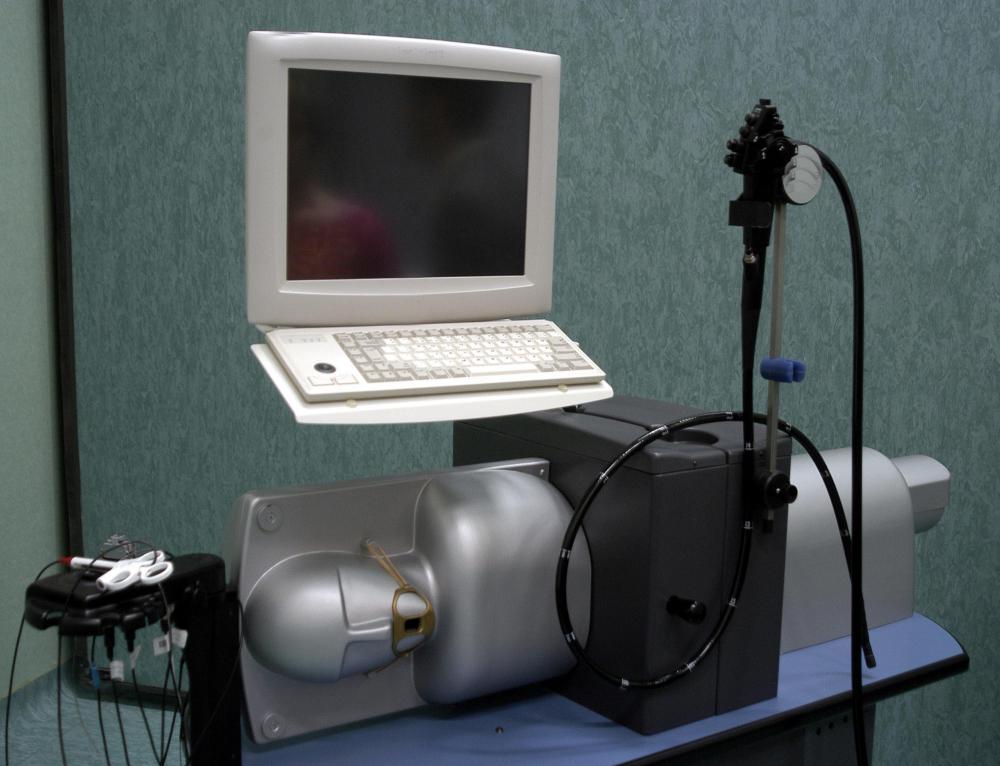At InfoBloom, we're committed to delivering accurate, trustworthy information. Our expert-authored content is rigorously fact-checked and sourced from credible authorities. Discover how we uphold the highest standards in providing you with reliable knowledge.
What is a Cadaver?
A cadaver is a dead body. The term “cadaver” is usually used in a medical context to refer to a human body which is being utilized for medical purposes, or the body of an animal which has died while under medical care. Many cultures have a variety of beliefs surrounding the respectful handling and disposal of the dead, and historically cadavers have been treated in a wide variety of ways.
When cadavers are utilized for medical purposes, they may be dissected for education purposes, or used for cadaveric donation. Dissection is a time-honored part of medical training which is designed to give students a hands on view of the body while growing accustomed to the processes of death. Historically, obtaining cadavers for dissection was extremely challenging, because many people were very opposed to the practice, but modern medical schools have the benefit of numerous donors who understand dissection's value to the scientific community.

Modern dissection utilizes cadavers which have been preserved for safety, and the environment is focused on education. Many of the fears about dissection surround disrespectful treatment and abuse of bodies, and while these offenses did occur historically, they are extremely uncommon in modern medical practice. This is in part thanks to the fact that body donation is no longer highly stigmatized, and students usually develop very personal and respectful relationships with the cadavers they handle.

In addition to dissection, other types of medical research can be performed with the aid of a cadaver. Many surgeons hone their skills and practice new procedures on cadavers, for example. The dead have also been used to radically improve vehicle safety, and to develop useful tools such as better body armor and shoes which protect the feet from land mines. Since performing such studies with living humans is not possible, and simulators are useless without data from an actual human, a cadaver can be used to set standards and to study the effects of various impacts and events on the human body.

Cadaveric donation is used to harvest useful tissues from a cadaver so that they can be implanted into living individuals. Organ donation from cadavers is not possible, but cadavers can be used for skin, bone, and tissue grafts, as well as donation of parts of the eyes. This type of donation is performed after permission from family members has been secured, and the material may be stored in a tissue bank until a recipient needs it.

People who are interested in donating their bodies for dissection or medical study can contact regional medical schools to find out about their donation policy and to sign paperwork indicating that they want their bodies to be donated. Individuals interested in organ donation or cadaveric donation should discuss these desires with family members so that they will be remembered at the time of death.
AS FEATURED ON:
AS FEATURED ON:
















Discussion Comments
It's a touchy issue, to be sure. It's best to keep everyone involved informed of the decision so family members can at least get used to the idea.
Post your comments